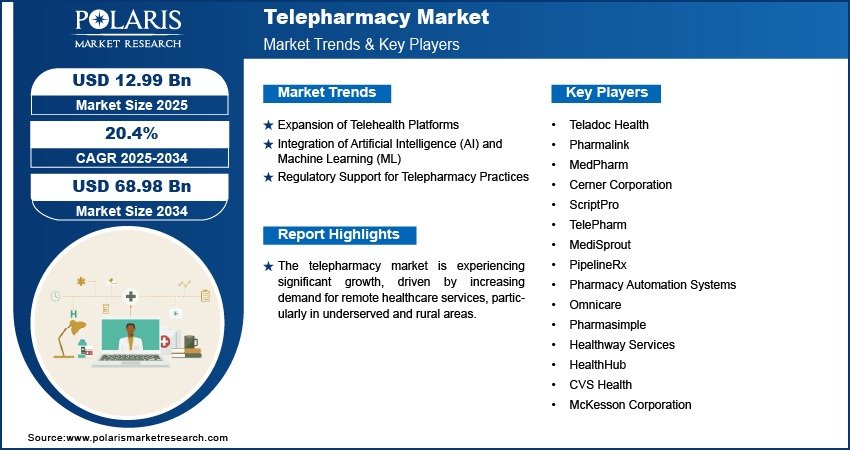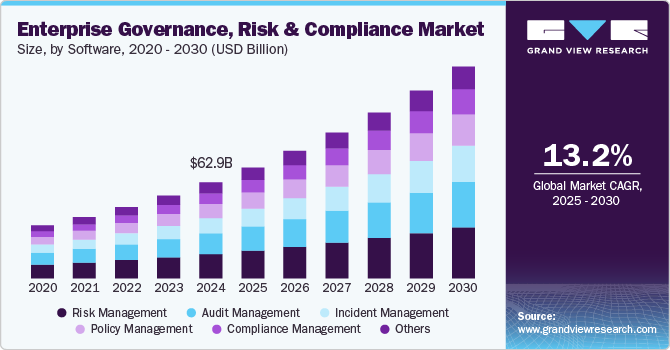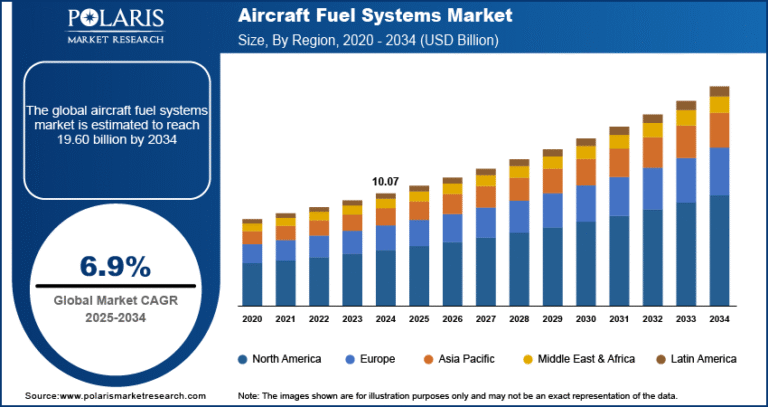Telepharmacy Market Projected to Reach USD 68.98 Billion By 2034, Growing at a CAGR of 20.4%

The global Telepharmacy market size was valued at USD 10.81 billion in 2024 and is projected to grow from USD 12.99 billion in 2025 to USD 68.98 billion by 2034 , exhibiting a robust Compound Annual Growth Rate (CAGR) of 20.4% during the forecast period from 2025 to 2034 .
- Rising Demand for Remote Healthcare Services: The increasing need for accessible and efficient healthcare delivery—especially in rural and underserved areas—is driving the adoption of telepharmacy solutions that enable remote prescription dispensing, medication counseling, and patient monitoring.
- Post-Pandemic Shift Toward Digital Health Platforms: The global pandemic accelerated the use of digital health technologies, including telemedicine and telepharmacy services, as patients and providers sought contactless care options.
- Integration with Telehealth and EHR Systems: Telepharmacy platforms are increasingly being integrated with electronic health records (EHRs) and teleconsultation systems, allowing seamless communication between pharmacists, physicians, and patients.
- Growth in Chronic Disease Management: With the rising prevalence of chronic conditions such as diabetes, hypertension, and asthma, there is an increasing demand for continuous medication management and pharmacist-led consultations through virtual platforms.
- Expansion of AI and Automation in Pharmacy Services: Companies are leveraging artificial intelligence , robotic dispensing systems, and chatbots to streamline medication reviews, reduce errors, and enhance patient engagement in telepharmacy operations.
- Market Size in 2024 – USD 10.81 billion
- Market Size in 2025 – USD 12.99 billion
- Projected Market Size by 2034 – USD 68.98 billion
- CAGR (2025–2034) – 20.4%
Market Overview
Telepharmacy refers to the practice of providing pharmacy services remotely using telecommunications technology. It enables licensed pharmacists to perform core functions such as prescription verification, drug therapy management, medication dispensing guidance, and patient counseling without being physically present at the point of service.
The market is experiencing rapid growth driven by advancements in digital health infrastructure, increased regulatory support for remote care, and rising consumer demand for convenience-driven healthcare solutions. Additionally, the integration of telepharmacy with home delivery services and mobile health applications is further enhancing accessibility and patient adherence.
Technological innovation continues to shape the future of the telepharmacy industry. Companies are investing in cloud-based pharmacy management systems, AI-powered drug interaction tools, and secure video consultation platforms to improve efficiency and safety. Strategic partnerships between telehealth providers, pharmacies, and insurance companies are also accelerating the adoption of virtual pharmacy models across both developed and emerging markets.
As healthcare systems continue to evolve toward digitization and value-based care, the telepharmacy market is poised for exponential expansion over the next decade.






